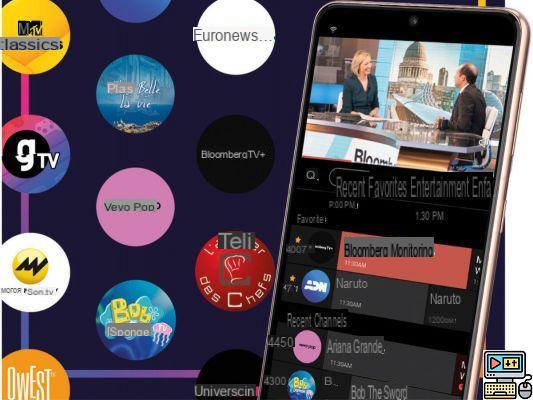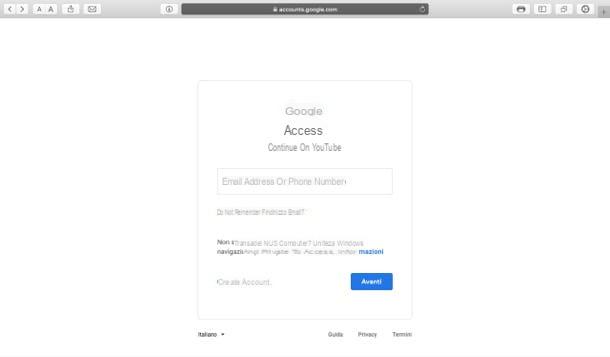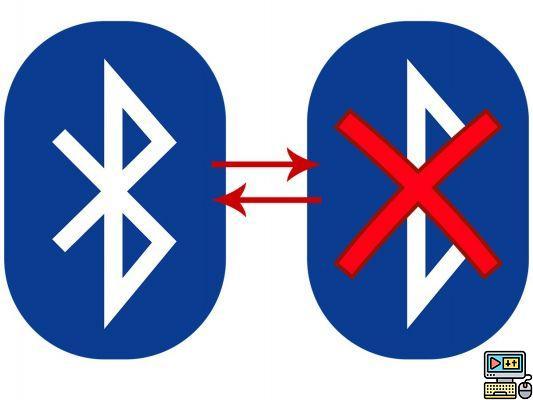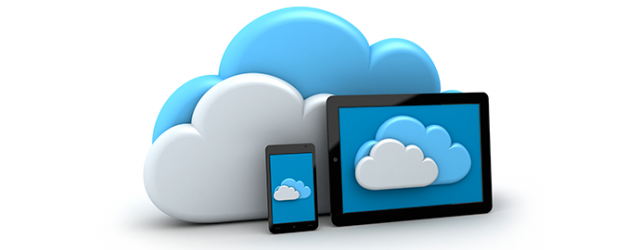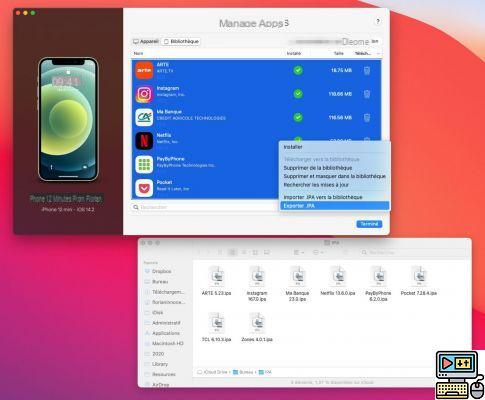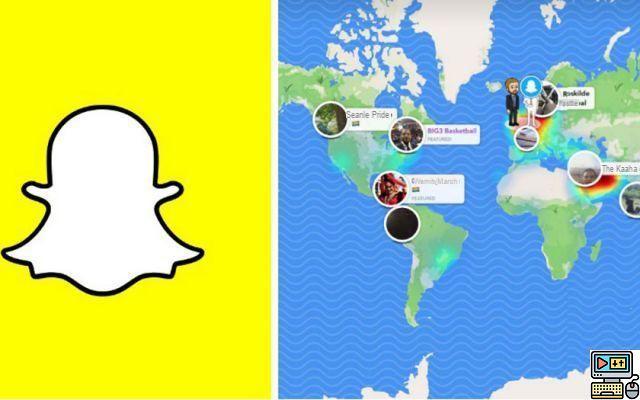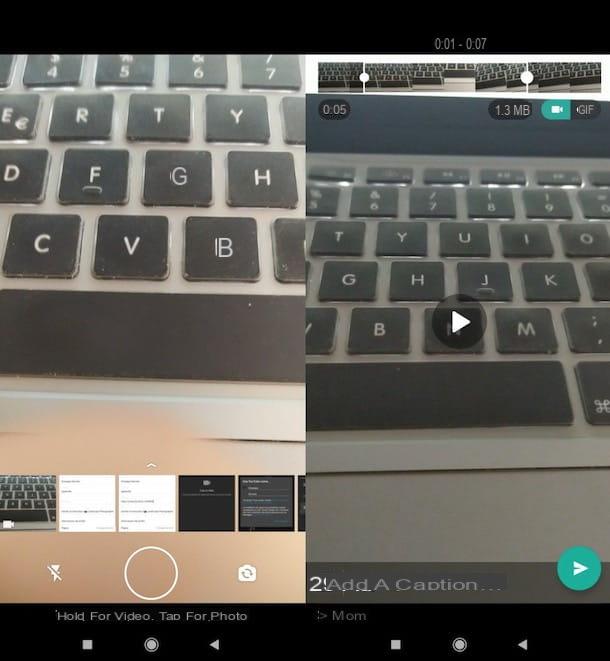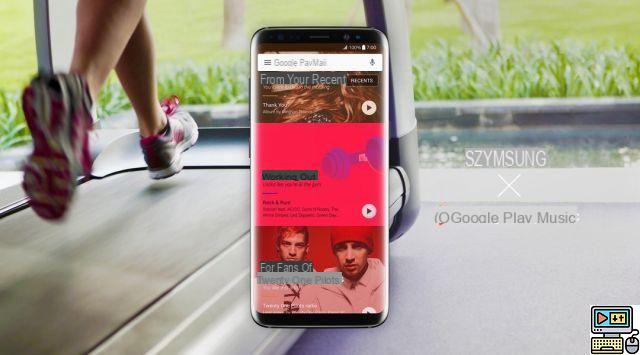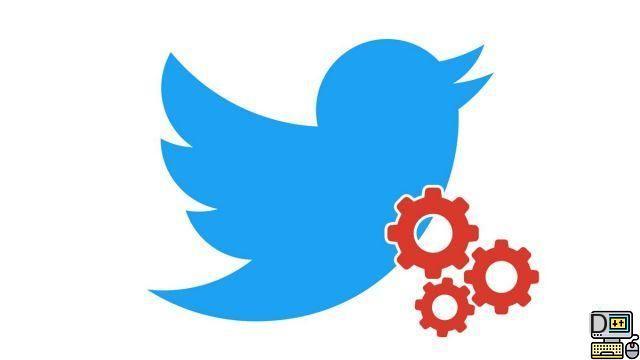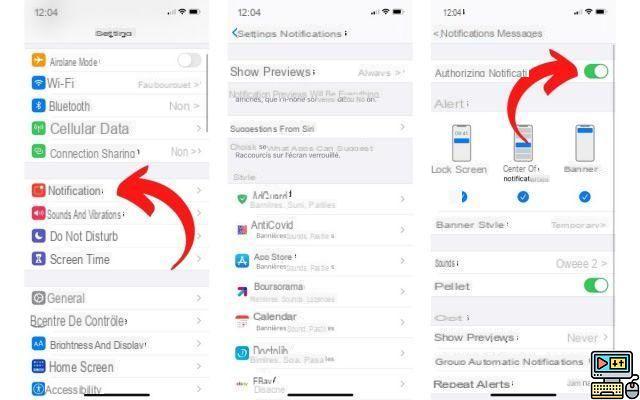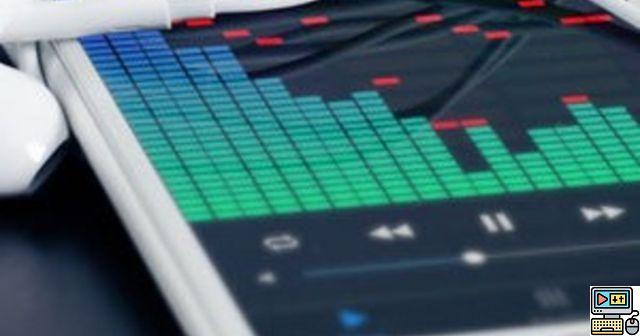 Comment
Comment
You want to join a music streaming service, but you don't want to lose the many playlists from your music player software or from the old service you are leaving. Here is a tutorial that presents two solutions to keep all your playlists and save as much time as possible.
Few solutions are available online to transfer your playlists to your favorite streaming service. In any case, few are free, efficient and compatible with many services. Soundiiz is currently the only one to combine all these qualities. It also allows you to import playlists from your offline player (iTunes, Winamp, Foobar or VLC types) to find them in your streaming service. This solution is compatible with Spotify, Tidal, Qobuz, SoundCloud, Deezer, Napster, Groove Music, Youtube, Rdio and Dailymotion services.
On the other hand, if you have opted or migrated from/for Google Play Music, Apple Music, Youtube, Rdio and Deezer, all you have to do is turn to Stamp, a software on Windows/Mac that is more limited in terms of compatibility and paid (€8,99). The free option is possible, but the software only allows transferring 10 songs or one playlist per session.
Remember, however, that these solutions are not miraculous, because they are dependent on agreements with labels and record companies. It is therefore very likely that some of your titles are not available on the platform in question. Also, these solutions are only in English for now.
Soundiiz (online) - Free
Migrate Spotify, Tidal, Qobuz, SoundCloud, Deezer, Napster, Groove Music, Youtube, Rdio, Dailymotion and offline player playlist
Soundiiz homepage
Access is very simple since all you have to do is create an account on Soundiiz then click on Convert once it is created. A new page appears and displays all compatible accounts. Two scenarios are available to you: either you connect to the two accounts which are the subject of the migration, or you import your playlists from your music player software (VLC, Itunes or Winamp type) on the site and you connect on the chosen streaming service.
On the left: connection to the various compatible services and playlist import. Right: Choice of compatible services after music player playlist import
If you are in this first scenario, click on Connect to to enter your login information. With your two platforms connected, it is possible to see the available playlists, rename them and reorganize them. Then simply select the playlist to transfer and then drag it to the desired listening platform. A window opens and gives you the possibility to rename this playlist. Then click on Convert then wait for the transfer to complete. A summary is then displayed, summarizing the songs that were transferred successfully and those that were not found. There you go, you can now find the playlist in your new platform.
Left: name screen of the playlist to be transferred. Right: current playlist migration screen
In the second case, all you have to do is import your playlists from your computer by clicking on the button import playlist file then choose the desired destination platform. A loading screen and then a summary will again be displayed at the end of the process.
Transfer confirmation screen with list of transferred tracks
The transfers were more or less conclusive depending on the services chosen, but there are however a few points of detail to be settled on Youtube. It is indeed not yet possible to convert the playlists added to the account. Only playlists created directly from the account (Left menu/Library/New Playlist) are recognized by the site for now.
Stamp - free (limited to 10 tracks or one playlist per session) or paid (unlimited)
Migration Spotify, Google Play Music, Apple Music, Deezer, Youtube, Rdio
The other solution offered by Stamp is only compatible with online music streaming services. The list is more restricted than on Soundiiz and it is not possible to import an offline playlist, but it has certain services which are not present on this first one. With the Stamp software, you have the choice between the free version, which limits the conversion to 10 titles or one playlist per session or the paid version without limits. In addition, the software does not keep the usernames and passwords of the accounts, so they must be indicated each time the software is used.
Choice of source platforms on the left and choice of destination platforms on the right.
The use is again very simple. Launch the software, choose your departure service, then choose your arrival service. Select the playlist(s) to migrate then click on Next. The process then launches and allows you to see in real time the pieces being transferred, the number of files that have no correspondence and the progress of the migration. At the end of the transfer, you can therefore find your playlists in your favorite streaming service.
Example of transferring Spotify to Google Play Music
Starting from Deezer or Apple Music, the approach is a little different. For the first, the application guides you and asks you to go through an export on the browser. Unfortunately, the approach is not yet operational and the Soundiiz box is inevitable. The app also guides you to Apple Music, but much more successfully. You must first open iTunes to authorize the connection to the service. Then just export the library from iTunes and add the .XML file on the software by dragging it or pressing the button KATEGORIEN.
Example of transferring Apple Music to Spotify
Among all the platforms offered, we had some setbacks with Google Play Music due to the latter being secured by Google. The procedure to follow to authorize the application to connect to your account is explained in a FAQ (only in English). For our part, we opted for activation via a password generated specifically for the application.
Just like with Soundiiz, we couldn't use the connection with Youtube; we hope everything will be resolved quickly.






